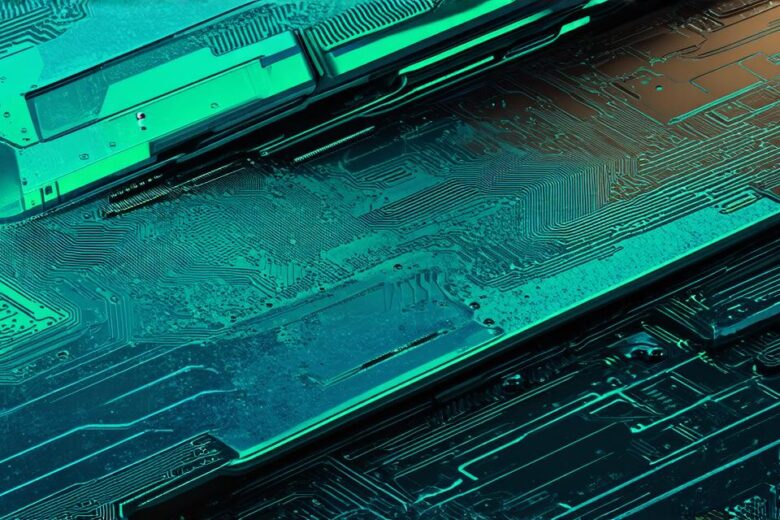Augmented reality (AR) is an exciting new technology that promises to revolutionize the way we interact with digital content and each other. AR enhances the real world by overlaying digital information, allowing users to see and interact with virtual objects in their physical environment.
Understanding Augmented Reality
AR is a technology that blends digital information with the real world, creating an interactive and immersive experience for the user. AR can be experienced through a variety of devices, including smartphones, tablets, and wearables like headsets or smart glasses. The key to AR’s success lies in its ability to seamlessly integrate virtual objects into the real world, making them appear as if they were really there.
One of the most important aspects of AR is its ability to create a sense of presence. When users interact with virtual objects in AR, they feel as though they are truly inhabiting that space, allowing for more engaging and immersive experiences. This sense of presence is what makes AR such an effective tool for education, training, and entertainment.
The Benefits of Augmented Reality
AR has the potential to transform a wide range of industries, from healthcare and manufacturing to retail and entertainment. Here are just a few examples of how AR can be used to enhance real-world experiences:
- Healthcare: In the field of healthcare, AR can be used to provide more accurate and efficient diagnoses, as well as to aid in surgical procedures. For example, AR can be used to overlay digital information onto a patient’s body, allowing doctors to see internal organs and tissues that are otherwise hidden from view.
- Manufacturing: In the world of manufacturing, AR can be used to streamline production processes, reduce errors, and improve quality control. For example, AR can be used to overlay digital information onto physical objects, allowing workers to see instructions and schematics in real-time, reducing the need for manual labor and improving efficiency.
- Retail: In the world of retail, AR can be used to create more engaging and interactive shopping experiences. For example, AR can be used to overlay digital information onto physical products, allowing customers to see additional product details, such as customer reviews or product specifications, without having to physically touch the product.
- Education: In the world of education, AR can be used to create more engaging and immersive learning experiences. For example, AR can be used to overlay digital information onto physical objects, allowing students to explore complex concepts in a more interactive and hands-on way.
- Entertainment: In the world of entertainment, AR can be used to create more engaging and immersive gaming experiences. For example, AR can be used to create virtual environments that are overlaid onto the real world, allowing players to interact with game elements in a more realistic way.
Real-World Examples of Augmented Reality
There are already many examples of how AR is being used in the real world. Here are just a few:
- IKEA’s Place App: IKEA’s Place app uses AR to allow users to preview furniture in their home before they buy it. Users can simply point their phone at an empty space and see how the furniture would look in that spot, making it easier for them to make informed purchasing decisions.

- Pokémon Go: Pokémon Go is a popular mobile game that uses AR to create virtual environments that are overlaid onto the real world. Players can capture virtual creatures by interacting with real-world objects, such as trees and buildings.
- Snapchat Lenses: Snapchat’s Lens feature allows users to add augmented reality filters to their photos and videos. These filters include animated objects, emojis, and more, and can be used to create fun and engaging content.
- Interior Design Apps: There are a number of interior design apps that use AR to allow users to preview different furniture and decor options in their home before making a purchase or redecorating.
